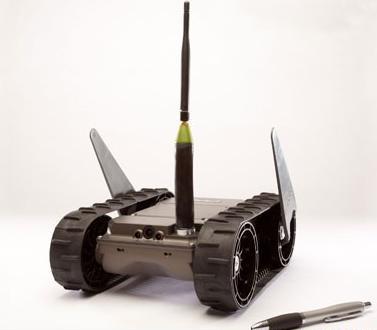 In the early days of the Afghanistan and Iraqi wars, US forces had no effective countermeasures against Improvised Explosive Devices (IEDs), the single biggest cause of combat deaths. To fight the IED threat, our armed forces turned to Unmanned Ground Vehicles (UGV).
In the early days of the Afghanistan and Iraqi wars, US forces had no effective countermeasures against Improvised Explosive Devices (IEDs), the single biggest cause of combat deaths. To fight the IED threat, our armed forces turned to Unmanned Ground Vehicles (UGV).
It’s hard to remember now, but UGVs barely existed 10 years ago. The Defense community abandoned the traditionally leisurely pace of decades-long weapons development and quickly flooded combat theaters with thousands of UGVs. In 2011, the world’s governments are projected to spend $702 million a year on UGVs. Below is a chart comparing a few UGVs. Read more



 Recently, some clients asked AMREL to build an Operator Control Unit (OCU) for their Unmanned Ground Vehicle. No surprise there; we dominate that particular application. What was noteworthy was the specific form factor that they requested. They wanted it to be a wearable computer, worn on the wrist.
Recently, some clients asked AMREL to build an Operator Control Unit (OCU) for their Unmanned Ground Vehicle. No surprise there; we dominate that particular application. What was noteworthy was the specific form factor that they requested. They wanted it to be a wearable computer, worn on the wrist.